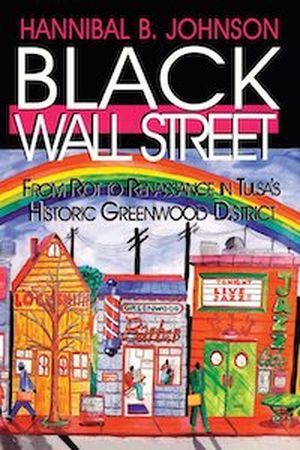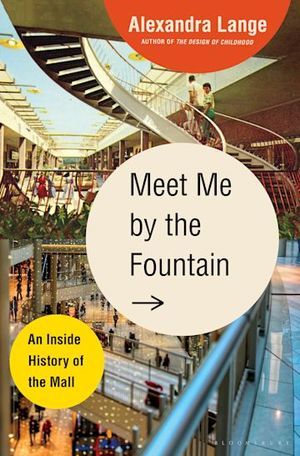The Histories You Weren’t Taught in School
⚓ Books 📅 2025-08-18 👤 surdeus 👁️ 12One of my favorite tasks in this year’s Read Harder Challenge is #17: Read a book about little-known history. When I was in school, I was not a fan of history class. I felt like I was learning the same dry, depressing facts over and over. It wasn’t until I was an adult that I discovered that history isn’t just a list of names, dates, and places. It’s a collection of fascinating stories, each of which ripples out to affect generations.
There is so much fascinating history to learn about that likely wasn’t covered in your high school classes. First off, a lot of history has been erased or whitewashed. Depending on your education, you might have never heard of the Greenwood District in Tulsa or American Indian Boarding Schools, or maybe they were only mentioned in passing.
Then there’s the category of microhistories. You can learn about the history of dentistry, shopping malls, or the toilet. If you haven’t picked one up before, you might be surprised at how fascinating a history of pencils or lighthouses can be!
You can also use historical fiction for this task: just make sure it’s about a person or event from history that isn’t widely known. (Really, anything outside of the world wars is probably fair game.) Rachel Brittain has a round up of Historical Fiction About Little Known History to get you started, including one set during the sinking of the Wilhelm Gustloff and one that takes place in the Kingdom of the Happy Land, which was established by emancipated African Americans in the Appalachian mountains.
 Black Wall Street: From Riot to Renaissance in Tulsa’s Historic Greenwood District by Hannibal B. JohnsonIn a time when legal segregation meant that Black people were only allowed to conduct business among themselves, the Greenwood District in Tulsa, Oklahoma, grew into an affluent community of black millionaires and professionals whose standard of living far exceeded the whites in the area. That is, until the alleged assault of a white woman by a Black man led to the worst race riot in history, in which the white members of the city destroyed people and property, accruing millions of dollars worth of damage. Not to be defeated, the Black residents rebuilt the district, and within 20 years, 242 businesses were back up and running. —Enobong Essien |
 Meet Me by the Fountain: An Inside History of the Mall by Alexandra LangeIs there a better place than the mall? They inspired works by George Romero and Joan Didion, as well as many a teenage nightmare. Today they stand as a dystopian relic of in-person consumerism. Alexandra Lange explores the invention and legacy of the modern shopping mall, from architecture to community, in Meet Me by the Fountain. —Ashley Holstrom |
Looking for more? Check out these 50 Must-Read Microhistory Books.
🏷️ Books_feed